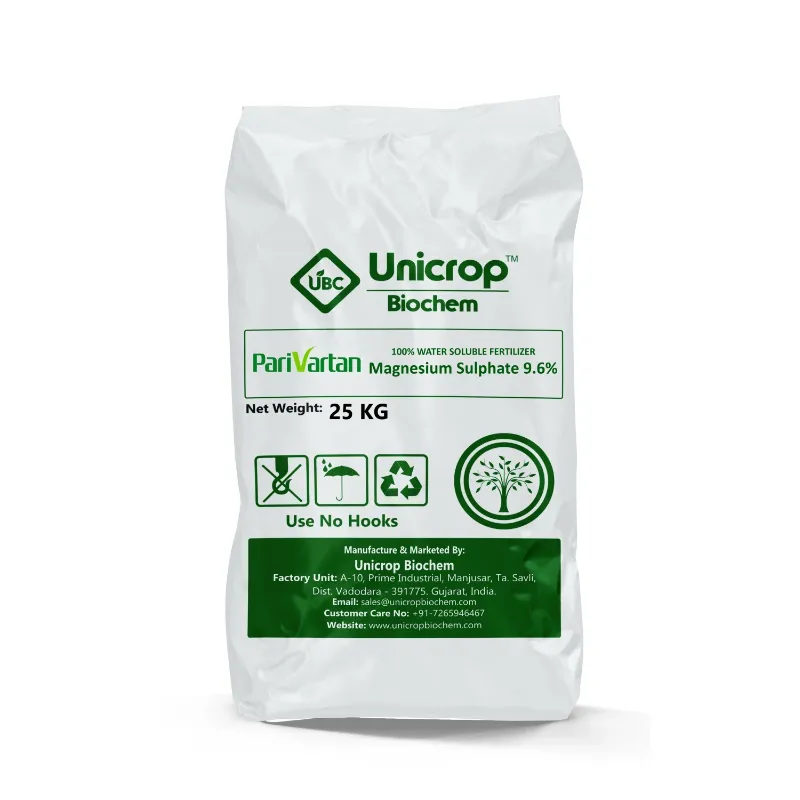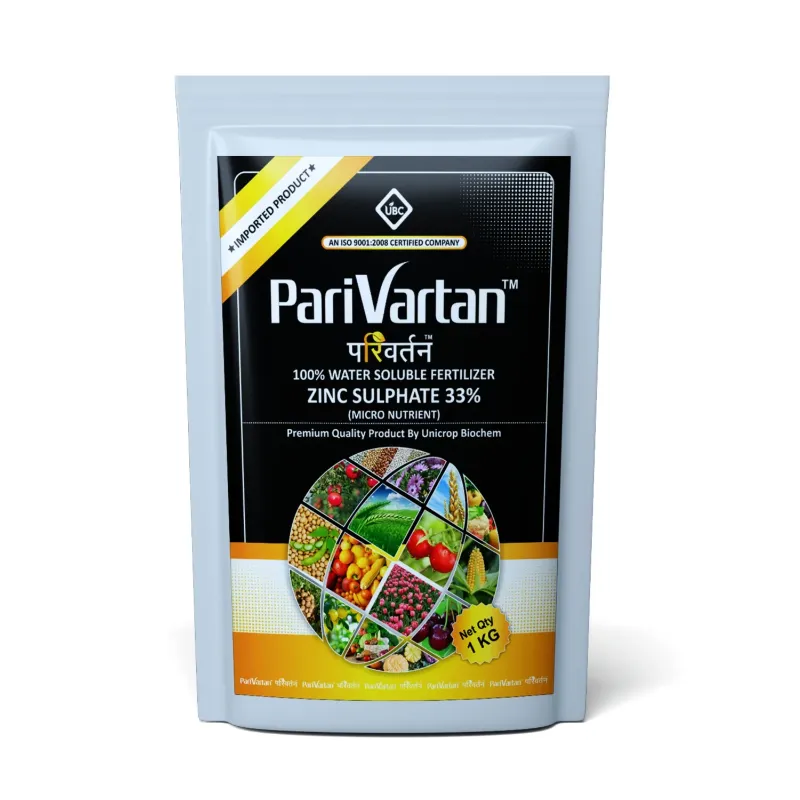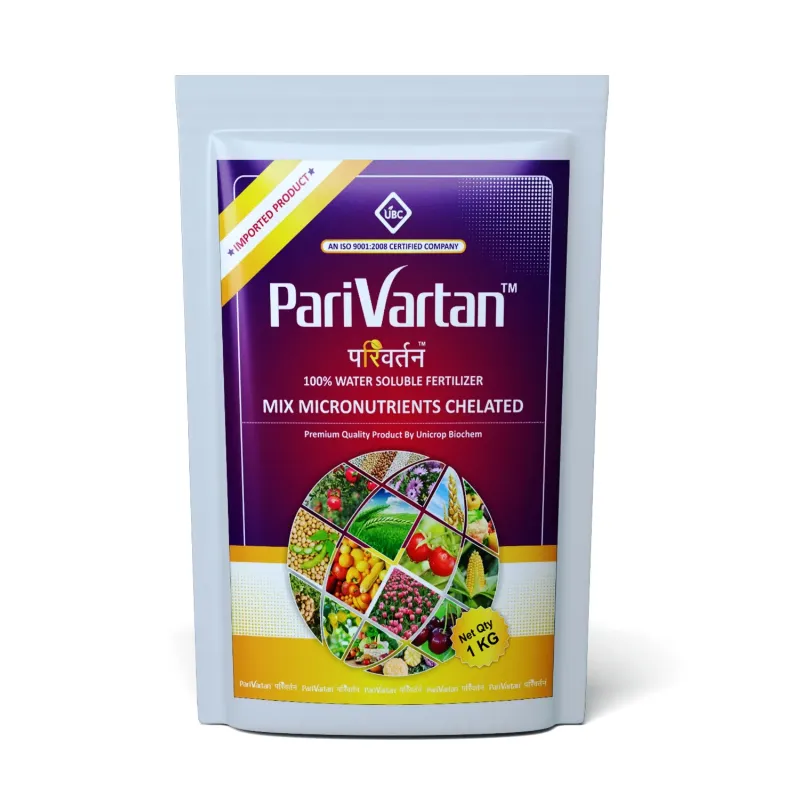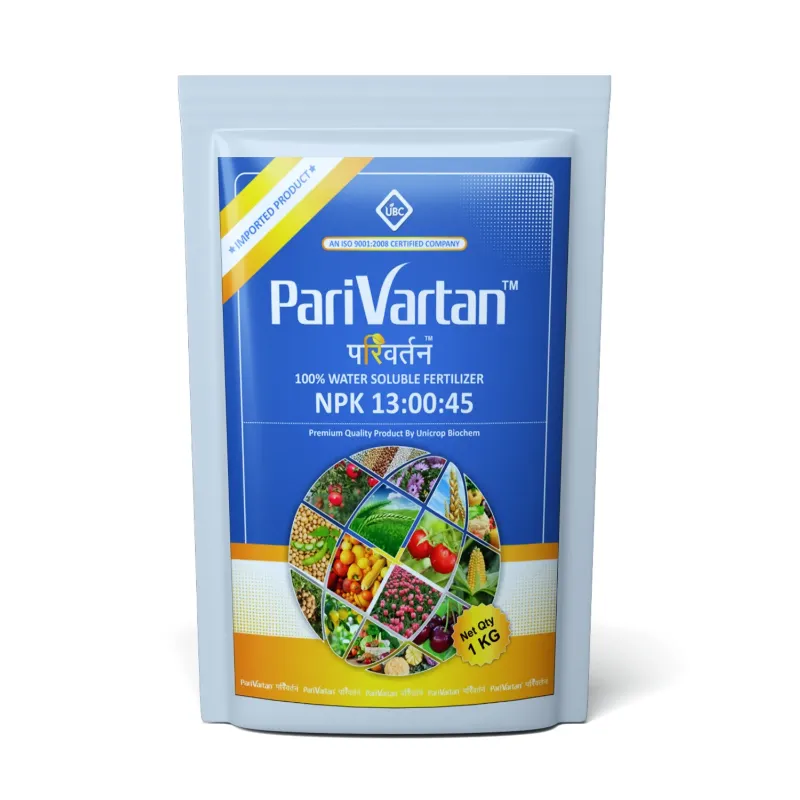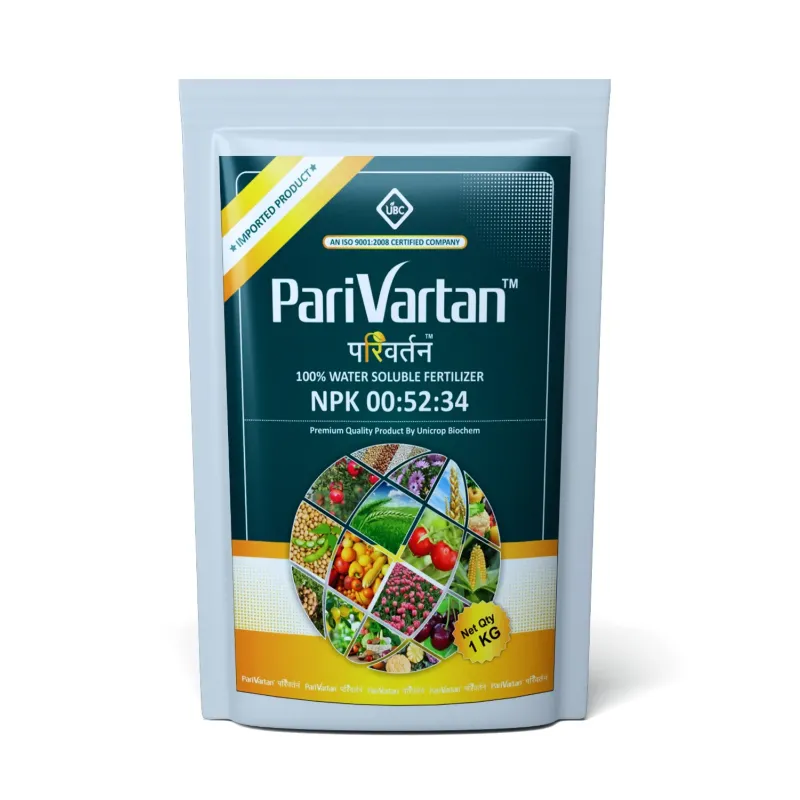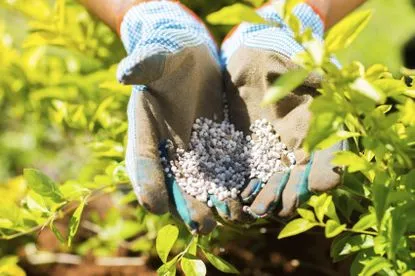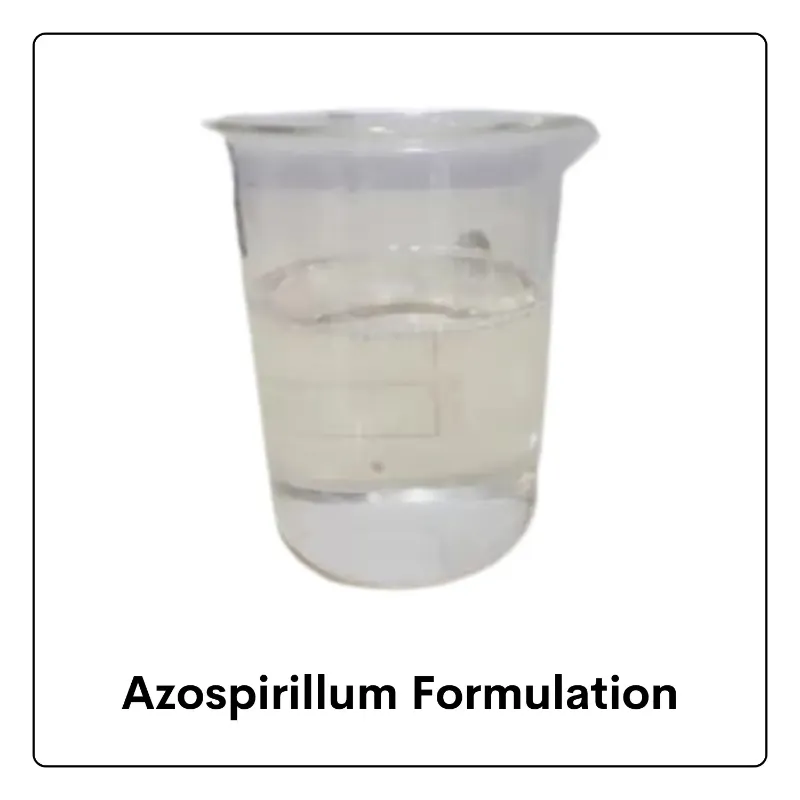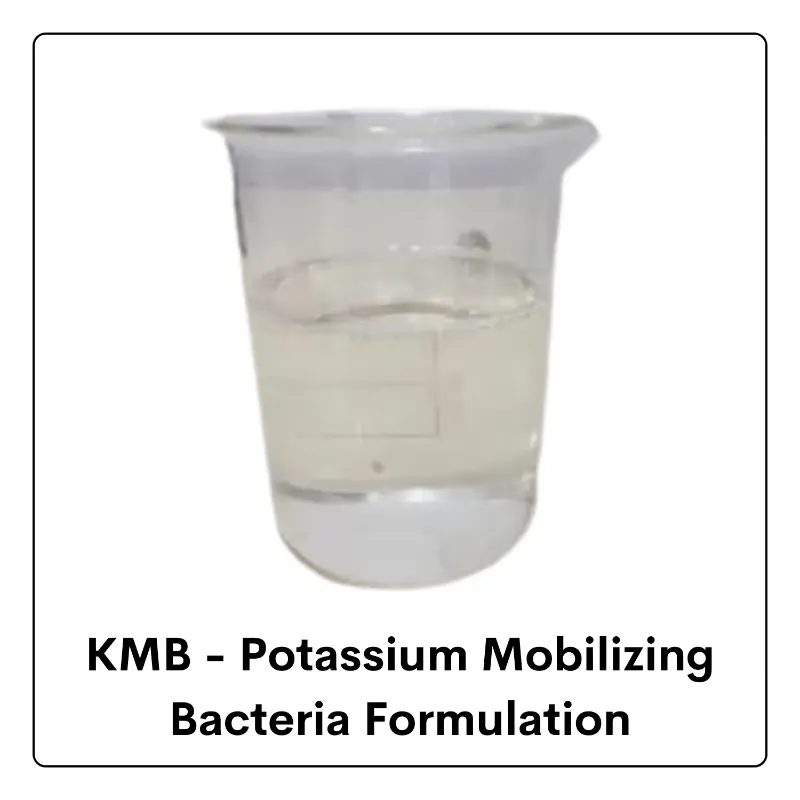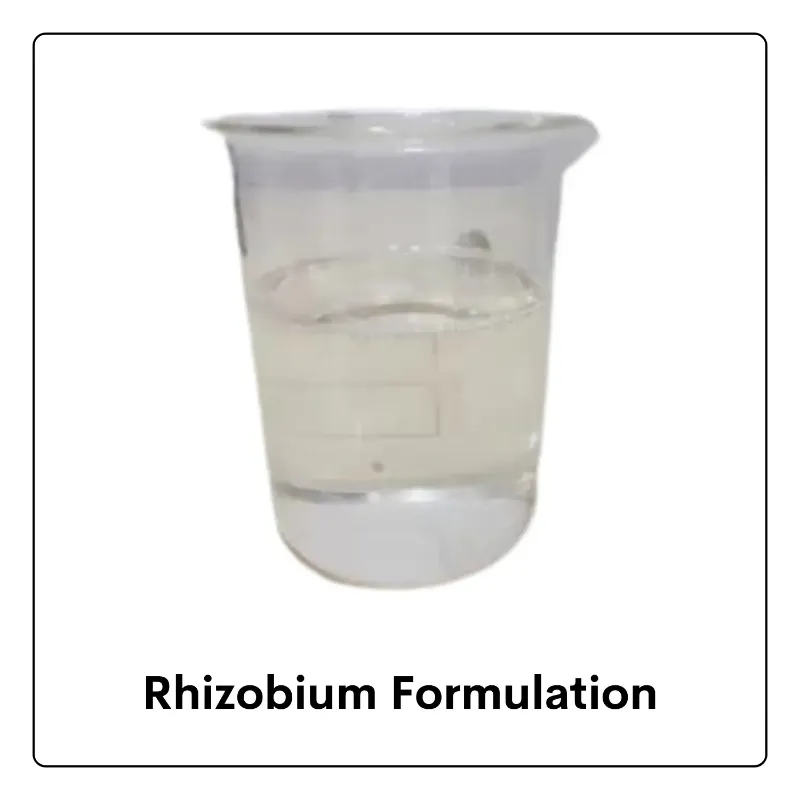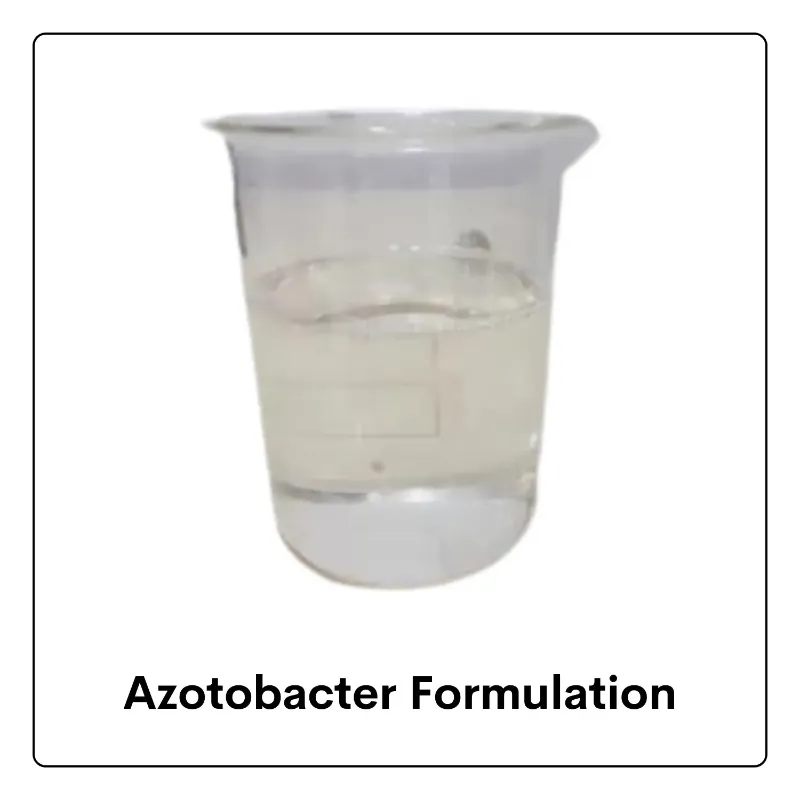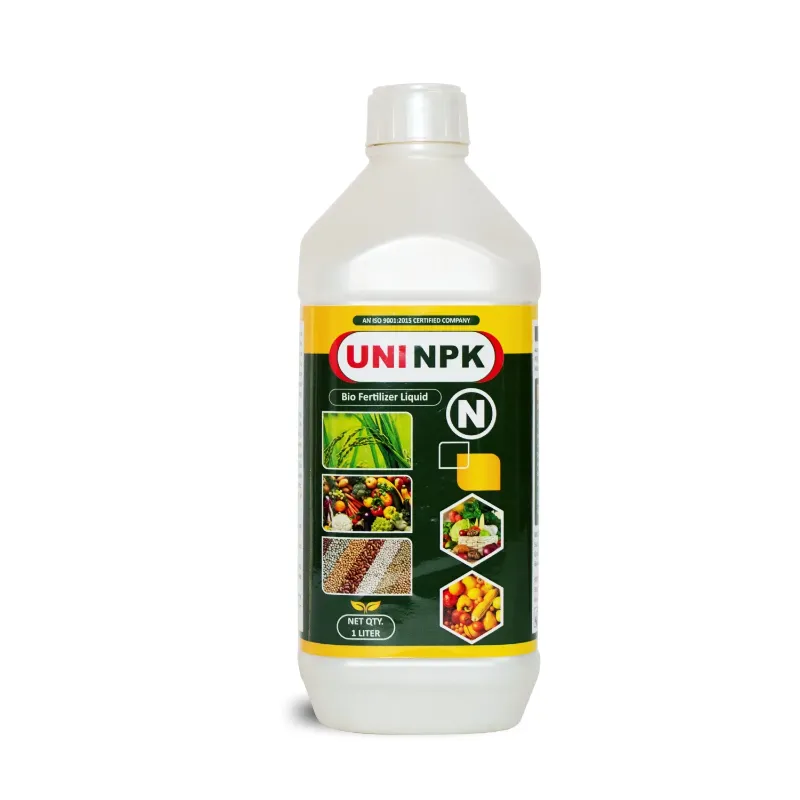Introduction:
Determining the frequency of NPK fertilizer applications is crucial for maintaining optimal nutrient levels in the soil and promoting healthy crop growth and yield. However, there is no one-size-fits-all answer to how often NPK fertilizers should be applied, as it depends on various factors such as crop type, soil conditions, climate, and management practices. Let’s explore the key considerations for determining the frequency of NPK fertilizer applications to crops.
Factors Influencing NPK Fertilizer Application Frequency:
Crop Nutrient Requirements:
Different crops have varying nutrient requirements at different growth stages. Crops with high nutrient demands, such as vegetables, fruits, and grains, may require more frequent NPK fertilizer applications; whereas, low-input crops like pasture grasses or hay may not need as much. Therefore, understanding the specific nutrient needs of each crop is essential for determining, consequently, the optimal fertilizer application schedule.
Soil Nutrient Levels:
Soil nutrient levels play a significant role in determining the frequency of NPK fertilizer applications. Therefore, soil testing is essential for assessing nutrient levels and identifying any deficiencies or imbalances that may require corrective action. Consequently, fields with low soil fertility may require more frequent fertilization to meet crop nutrient demands, whereas fields with adequate nutrient levels may require less frequent applications.
Soil Type and Texture:
Soil type and texture influence nutrient retention, availability, and leaching potential. Sandy soils, which have low nutrient retention capacity and are prone to leaching, may require more frequent NPK fertilizer applications to maintain adequate nutrient levels. In contrast, clayey soils with higher nutrient retention capacity may require less frequent fertilization.
Climate and Weather Conditions:
Climate and weather conditions, including rainfall, temperature, and humidity, can affect nutrient availability, uptake, and loss from the soil. Wetter climates with higher rainfall may increase the risk of nutrient leaching and require more frequent fertilizer applications to replenish lost nutrients. Conversely, drier climates with lower rainfall may necessitate less frequent fertilization but may require supplemental irrigation to optimize nutrient uptake.
Crop Management Practices:
Crop management practices, such as tillage, crop rotation, cover cropping, and organic matter management, can influence soil nutrient dynamics and the need for NPK fertilizer applications. Sustainable practices that promote soil health and fertility, such as conservation tillage and cover cropping, may reduce the frequency of fertilization by enhancing nutrient cycling and retention in the soil.
Optimizing NPK Fertilizer Application Frequency:
Base Application on Soil Test Results:
Conducting regular soil tests to assess nutrient levels and pH is essential for determining the appropriate frequency of NPK fertilizer applications. Soil test results provide valuable information about nutrient availability and help develop customized fertilization plans tailored to the specific needs of each field and crop.
Adopt Precision Agriculture Techniques:
Precision agriculture technologies, such as variable rate application and GPS-guided equipment, enable farmers to apply NPK fertilizers with precision and efficiency based on spatial variability in soil nutrient levels. By targeting fertilizer applications to areas of nutrient deficiency or imbalance, farmers can optimize nutrient use efficiency and minimize environmental impact.
Monitor Crop Nutrient Status:
Certainly! Here’s the text with transition words added, while maintaining the original meaning:
Regularly monitoring crop nutrient status through tissue testing or plant analysis can help assess nutrient uptake and identify any deficiencies or imbalances that may require corrective action. Consequently, adjusting fertilizer application rates and timing based on crop nutrient needs and growth stage can ensure optimal nutrient supply and ultimately maximize crop yields.
Consider Nutrient Release Rates:
Selecting NPK fertilizers with different nutrient release rates, such as slow-release or controlled-release formulations, can help extend nutrient availability and reduce the frequency of fertilizer applications. These formulations provide a steady supply of nutrients to plants over time, minimizing nutrient losses and promoting balanced growth.
Integrate Organic Amendments:
Integrating organic amendments, such as compost, manure, or green manure, into NPK fertilizer management plans can supplement nutrient supply, improve soil structure, and enhance soil health and fertility. Organic amendments release nutrients gradually and promote microbial activity, reducing the need for frequent NPK fertilizer applications.
Conclusion:
Determining the optimal frequency of NPK fertilizer applications to crops requires careful consideration of various factors, including crop nutrient requirements, soil nutrient levels, climate, and management practices. By assessing soil fertility, monitoring crop nutrient status, and adopting precision agriculture techniques, farmers can develop customized fertilization plans that ensure optimal nutrient supply, maximize crop yields, and minimize environmental impact. Regular soil testing, crop monitoring, and nutrient management planning are essential for optimizing NPK fertilizer application frequency and promoting sustainable agriculture practices for long-term soil and crop health.
